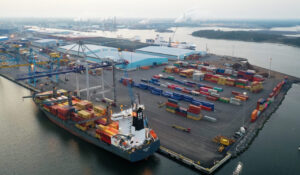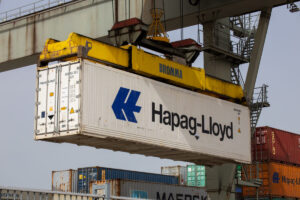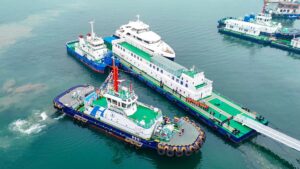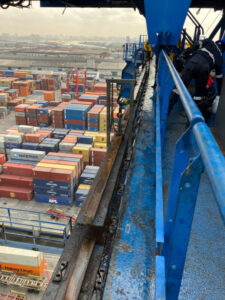Ports continuing to use manual processes without access to digital technology creates risks in the ‘last mile’ of logistics journey, a port management software provider said.
Innovez-One announced on 3 February that of the 4,900 ports around the world, a staggering 80% continue to rely on legacy and paper-based processes to manage maritime services.
The findings come after a new report was launched by the World Bank and International Association of Ports and Harbors (IAPH) shows the need for better digital collaboration between private and public entities across the entire maritime supply chain.
With only a select few of the larger Tier 1 ports utilising digital capabilities, Innovez-One argued the inconsistencies in the smart port sector can lead to inefficiencies in ordering, execution, and billing.
The software provider added that “many Tier 2 and below” ports continuing to use paper-based processes, or Excel spreadsheets, in executing jobs can create “a polarised landscape” within the port sector.
Notably, towage operators are missing out on the opportunity to make significant savings on their annual fuel cost by reducing the mileage of their tugs. Innovez-One argued that utilising smart technology and AI models to optimise last-mile towage and pilotage challenges can create a level playing field in the global logistics industry.
“The current dynamic reflects the often-messy reality of port operations, which is a blend of high-tech digital and paper-based, manual processes sitting side-by-side,” explained David Yeo, CEO, Innovez-One.
“This causes issues in relation to interoperability, where systems are not talking to each other properly, which is impeding effective execution. However, it also highlights the fact that while global supply chains are becoming increasingly automated, of which ports are an integral part, the majority of ports still overwhelmingly rely on person-to-person systems.”
This dynamic can make the last mile of a journey at sea a weak link in the logistics chain – risking delays, increased fuel consumption and emissions, and overall efficiencies.
Yeo’s comments echo that of the wider industry call to create digitalisation benefits for the end user in TOS and ports management.
For the 20% of ports who are digitalising its processes, they often rely on their own in-house software.
“It is staggering that digitalisation seems to have only been reserved for the larger top-tier ports and established towage operators,” commented Yeo.
On 29 March – 1 April, Port Technology International’s Smart Digital Ports of the Future Conference 2021 will address the key challenges and remedies in port digitalisation.








